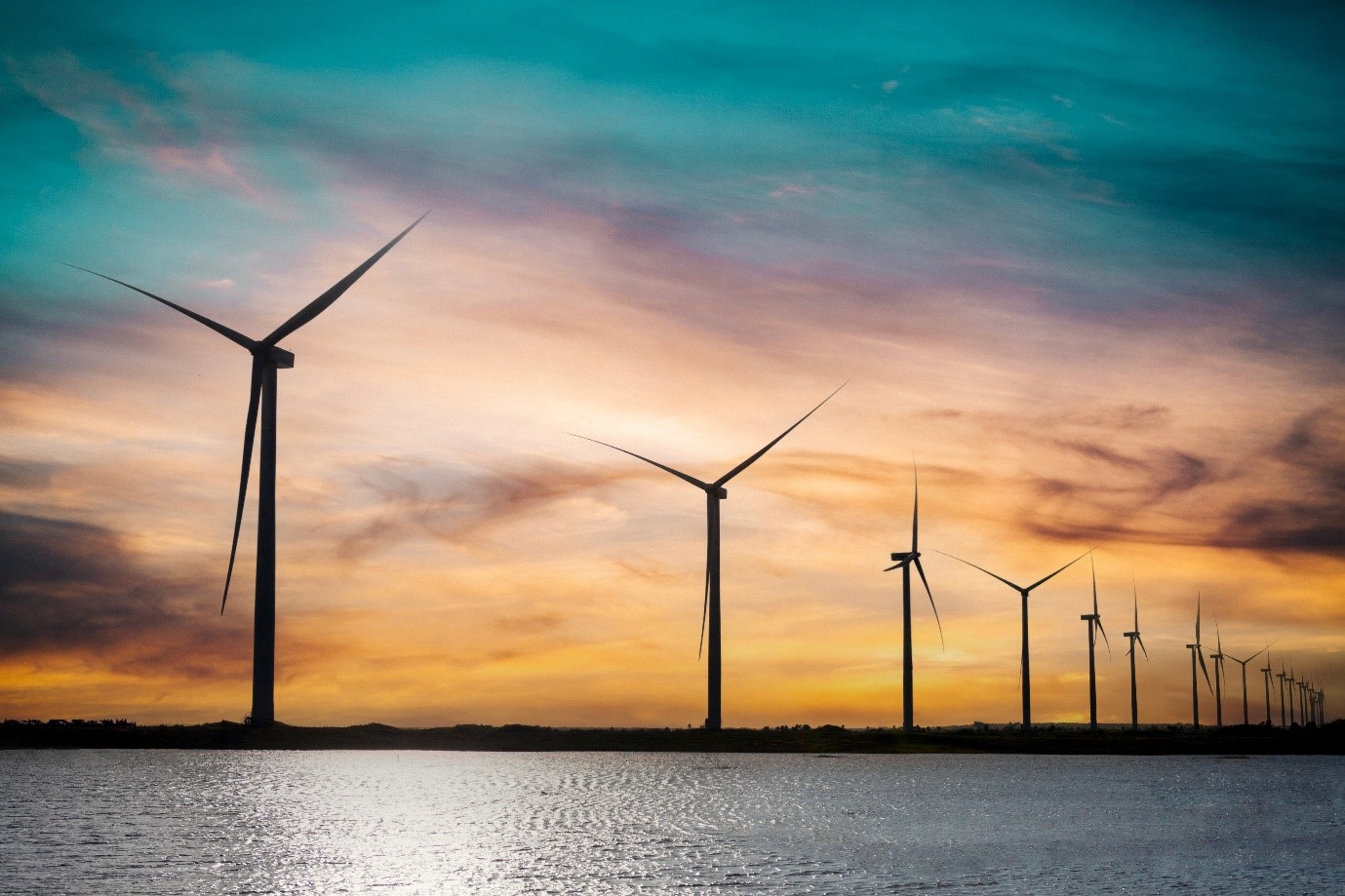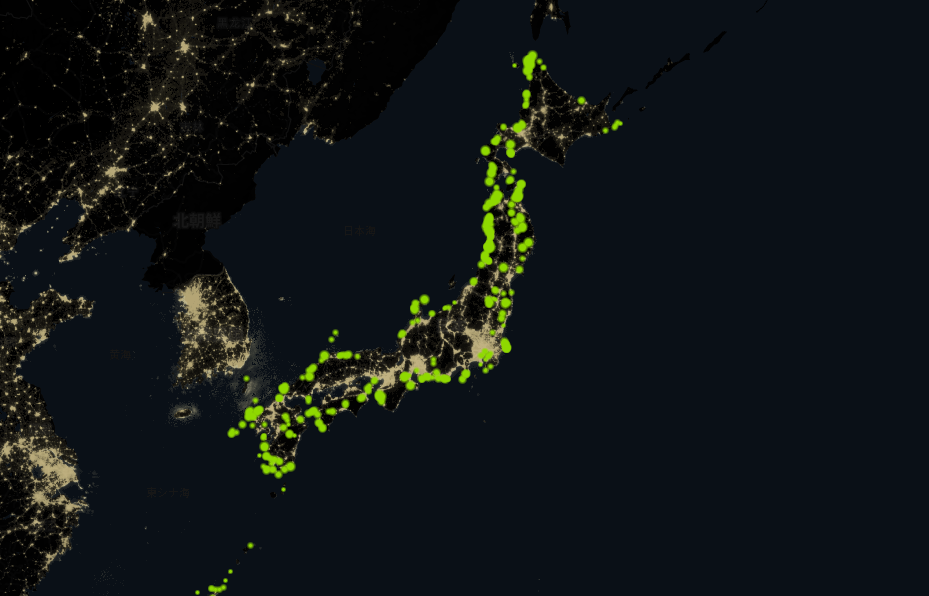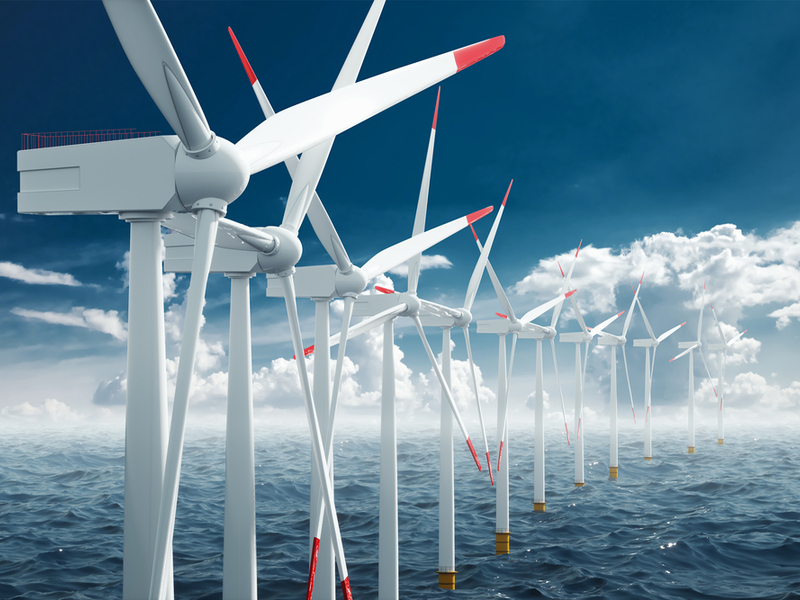Wind Power in Japan: A Growing Opportunity for Renewable Energy

In an era where the environmental impacts of fossil fuel consumption have become increasingly apparent, the shift towards alternative energy sources has become crucial. Countries with significant global influence, like Japan, have a responsibility to lead by example, not only by investing in renewable energy but also by setting standards for sustainable energy practices. Japan’s growing wind power sector illustrates its efforts to embrace cleaner energy, though there remains significant room for expansion.
As of today, Japan has an installed wind power capacity of approximately 4.2 GW, a small fraction of the country’s potential. Studies estimate that Japan could harness up to 144 GW of onshore wind and a remarkable 608 GW of offshore wind energy. Recognizing this untapped potential, the Japanese government has set ambitious goals to expand its wind power sector. In 2020, Japan announced plans to install up to 45 GW of offshore wind power by 2040, aiming to accelerate the shift away from fossil fuels towards a more sustainable energy future.

日本全国の風力発電所 http://agora.ex.nii.ac.jp/earthquake/201103-eastjapan/energy/electrical-japan/type/7.html.ja
Since 2000, Japan’s cumulative wind power capacity has grown steadily, but the government’s recent actions aim to speed up this progress. One key policy move was the implementation of the Renewable Sea Area Utilization Law in April 2019, designed to encourage long-term offshore wind projects. This law was further revised in 2020 to better support the sector. Starting from April 2022, Japan introduced a new system where premiums are paid to electricity providers on top of market prices, moving away from a bidding process for projects. This shift is expected to attract more investments in wind power and enhance the stability of the energy market.
This change is projected to save Japan over $300 million annually in fuel imports—a significant benefit given the volatile global energy market. But beyond the financial savings, this transition is crucial for reducing Japan’s reliance on fossil fuels, thereby decreasing carbon emissions and mitigating environmental harm. The expansion of wind power aligns with Japan’s broader goals of achieving carbon neutrality by 2050 and supporting the global fight against climate change.

Japan’s journey towards wind power adoption is a testament to the challenges and opportunities faced by countries transitioning to renewable energy. While progress has been made, further efforts are required to fully tap into Japan’s wind energy potential. With continued investment, policy support, and technological innovation, Japan could become a leader in wind energy in the Asia-Pacific region, setting a powerful example for sustainable development.











